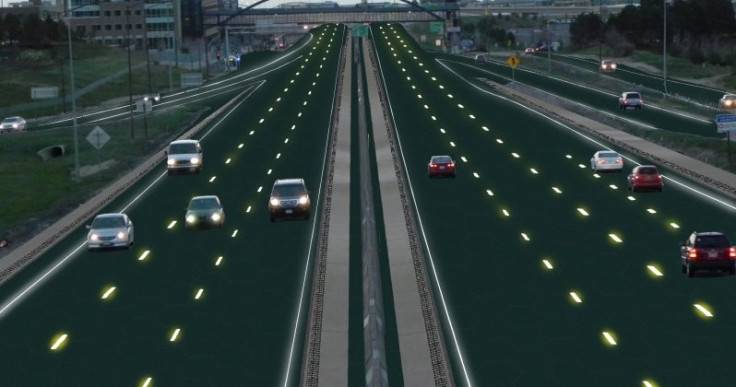Invention That Turns Roads into Power Stations Raises $1 Million

An American invention that turns road surfaces into solar power plants has raised almost all of the $1 million in funding it is seeking on a crowdfunding website.
Solar Roadways is a modular paving stone system designed to replace current road surfaces with interlocking solar panels.
The inventors, Scott and Julie Brusaw, claim that if the entire United States were repaved using Solar Roadways, the electricity generated would be three times the country's current needs.
Solar Roadways has already received federal funding for development, and the inventors have now turned to the public to raise cash for a production run, using the crowdfunding website Indiegogo. At the time of writing, the project has raised over $936,000 of its $1 million goal, with nearly one week remaining.
The solar panels are made of super-strong glass, which the inventors claim is strong enough to support the weight of a fleet of tanks. Each panel contains a series of LED lights, which would also allow the road surface to be illuminated in any desired pattern.
The panels also contain heating elements, designed to keep roads snow- and ice-free year round.
In the short term, the Brusaws accept that the expense of installing the hi-tech road surface and digging out the side channels is likely to prove a deterrent for local and national governments. However, they hope to begin work on smaller projects such as car parks and domestic driveways within the year.
"Our system has the ability to make all of our roads and parking lots and every other application intelligent," says Julie Brusaw in a homemade YouTube video describing the project.
"Our smart roads will prevent accidents by warning you of danger and will pave the way for driverless vehicles," adds Scott Brusaw.
The couple note that other applications for the technology include sports grounds, whose markings can be changed at the flick of a switch, or car parks, which can be custom configured for allocated parking bays.
The team behind the project has also created a more entertaining video to explain the concept.
Watch it on YouTube, below.
© Copyright IBTimes 2025. All rights reserved.






















